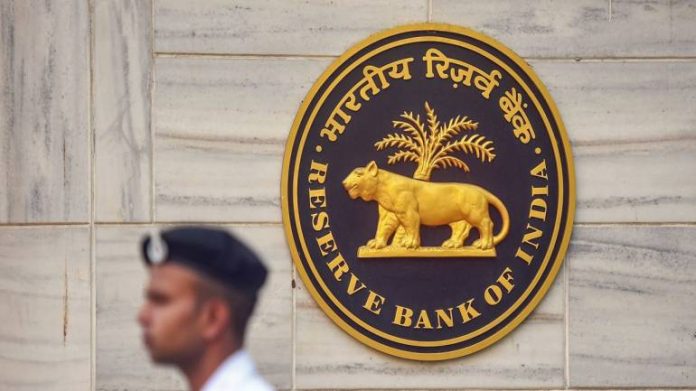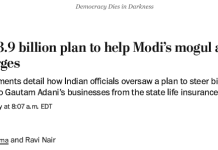Ravi Krishnan
There is this irrational joy mingled with relief that taxpayers feel on getting a tax refund, never mind that it was their money in the first place. Yes Bank investors too experienced that emotion last week when the lender revealed that RBI found its bad loan disclosures to be in apple-pie order, never mind that such compliance is basic hygiene and not an achievement to be tom-tommed.
Late Friday, RBI punctured that bubble by asking Yes Bank to issue another stock exchange notice saying that it violated regulations by revealing part of the findings of the central bank audit. Further, the audit is said to have found other “lapses and regulatory breaches” in Yes Bank’s functioning and the selective disclosure was “a deliberate attempt to mislead the public.”
In the last two years, this “divergence” data (the difference between a bank’s and RBI’s assessment of bad loans) has been key to bank stock valuations and much sought after. It is material data. Several banks have revealed this data through press releases, notes to quarterly accounts, in analyst conference calls and so on, as bank analyst Hemindra Hazari points out here.
If that’s the case, why has RBI picked on Yes Bank? The central bank has not upbraided any other lender, at least publicly.
Perhaps the problem is with the other lapses and regulatory breaches that RBI found. Both RBI and the Yes Bank communique are silent about these. If these are material, why haven’t these been disclosed? If they are non-material, does it matter?
In any case, RBI has been the role model of regulatory opaqueness. In the last two years, the central bank’s enforcement department has issued 128 penalties against financial institutions and collected around Rs 147.3 crore, says this report from BloombergQuint.
The public doesn’t know what these lapses are beyond broad categories such as “fraud classification and reporting” and “know your customer norms.” The puny fines (in relation to the size of bank balance sheets/revenues, profits being mostly non-existent in the past two years) don’t act as much of a deterrent.
The time has come for the central bank to be more transparent. Why can’t its risk assessment report be made public and placed on its web site?
We all know the counter argument: Too much information, especially when it is incorrectly interpreted, can cause a run on banks and spark contagion. But the RBI itself is guilty of charges it has levied on Yes Bank – that of selective disclosure. Rumours can equally be fuelled with too little information. Trying to mask a breach of regulations under a category such as “fraud classification and reporting” can cut both ways.
In this episode, the RBI presumably felt hard pressed to defend Rana Kapoor’s expulsion as CEO by pulling up Yes Bank and making it say that there were other lapses. But in the process – and in the absence of disclosures – it has shot itself in the foot.
More transparency, with better explanations for regulatory actions, is the only way forward.














